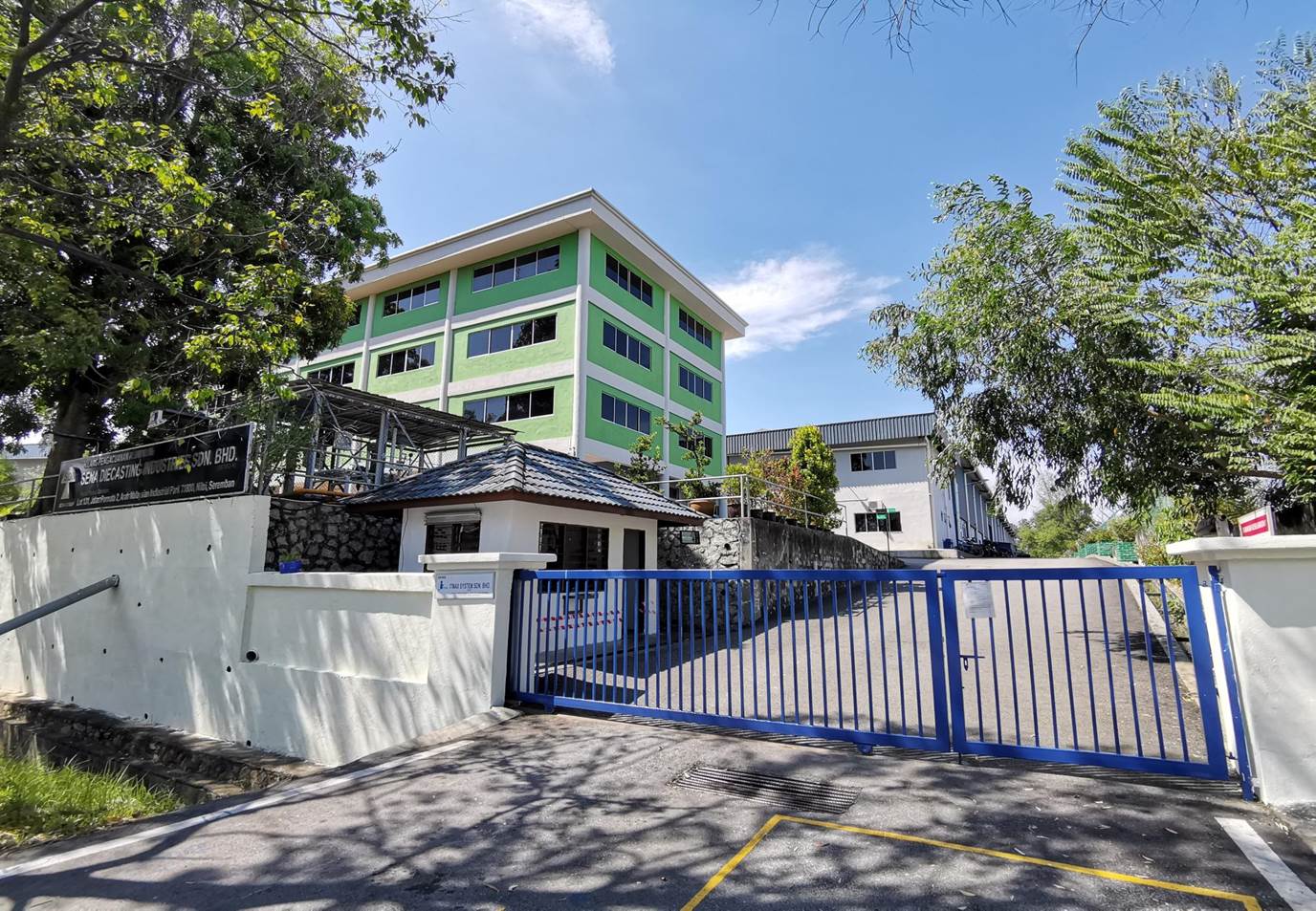
One of the paramount advantages of die casting lies in the ability of die casting to create complex forms with extremely tight tolerances. Utilizing reusable molds producers can repeat intricate geometrical shapes, with minimal variations and ensure uniformity throughout production runs. This level of precision is particularly important in the industries where component performance and reliability are crucial, including medical and aerospace devices. Die casting allows the production of intricate designs and slim walls, which are unattainable through other manufacturing methods and gives engineers unmatched flexibility in product design.
One of the main advantages of die casting is its capability to manufacture components with incredible dimensional precision and surface quality. The pressure that is applied during this process decreases porosity as well as creates uniformity. It results in components that need minimal post-processing. This is not only efficient in production but also improves the overall quality of the parts. Furthermore, die casting is able to take on a broad range of alloys and metals like zinc, aluminum copper-based alloys, magnesium and more which further expands its use in a variety of sectors.
Alongside its accuracy as well as material flexibility The die casting process boasts speedy production capacities, which makes it the ideal option for large-scale production. Its ability to manufacture thousands to millions of parts in a short amount of time streamlines production processes, reduces time to market, and improves the overall effectiveness. The scalability of die casting is especially beneficial in the fields that are characterized by massive production demands, including automobile manufacturing, in which die casting plays an important role in producing engine components including transmission and other structural elements.

Furthermore, die casting facilitates economical production by eliminating materials waste as well as secondary machine processes. Close-tolerance features of die casting can eliminate the necessity to perform a lot of post-processing including drilling and milling to reduce labor and cost of materials. Additionally, the longevity of the molds that die cast, combined with their ability to withstand high-pressure injections, contributes to general cost savings over the course of the course of. Utilizing materials efficiently and minimising manual manipulation, die casting enables manufacturers to realize economics of scale while not compromising on quality or performance.
However, despite its numerous advantages diecasting is not without its problems and limits. Initial costs associated with tooling for die production can be substantial especially for intricate geometries or specialized alloys. Additionally, although diecasting is efficient when it comes to production in large quantities, its efficiency diminishes for small batch sizes, making less cost-effective for customizing or prototyping. Also, this process can pose environmental concerns due to the energy intensive nature melts of the metal, as well as the possibility of generating scrap materials.